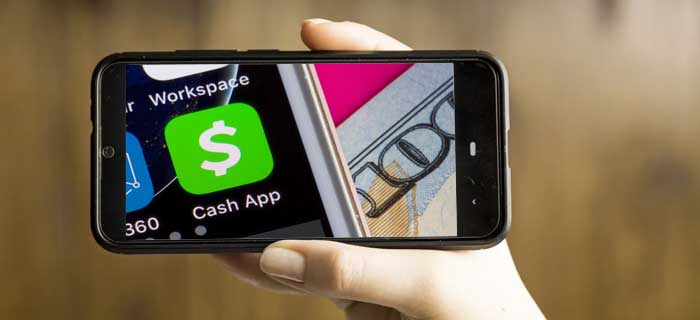10-15 years ago, people only had dial up option of using internet which had a long procedure to connect the user to the server. It only offered as much as 56 kilobits of data per second which means it was quite slow.
This old technology has been replaced by many fast ones that offer as much as 512 kilobits of data per second which is very fast.
These are called broadband which uses varying number of frequencies to transmit signals at high speeds. DSL, cables, fiber optics, and 5G internet services- all come under the term broadband.
People opt for these services according to their demands. Each option is a reliable form of providing internet and makes communication easy. This article will review the different internet providers and how they differ from each other so that you can determine which type suits your requirements the most.
DSL:
DSL transmits data through copper telephone lines already installed in homes. Previously, DSL could only provide internet by connecting the device to the device through wires.
However, currently DSL lines are connected to Wi-Fi routers to provide wireless internet access. The speed provided by DSL typically ranges from 128 Kbps to 3 Mbps which means it is a good option for browsing but might be slow for downloading videos or movies.
Also, if you want to stream high definition videos or movies online, then you might want to consider other options of internet. The speed also depends on the providers for example some popular companies like AT&T and CenturyLink can offer up to 1000 Mbps of internet.
Centurylink Rates at a Glance

- CenturyLink charges $49 for 20 Mbp
- $65 per month for 1 Gbps
- Price $50.00/ month
AT&T Rates at a Glance

- Companies like AT&T charge $40 per month
- 300 Mbps internet and $60 for 1000 Gbps
- price $50.00/month
Cable Internet Service:
Some television cable providers also offer internet services which are quite fast, by utilizing a television channel designated to perform data transmission.
A cable modem is placed in the home that is connected to live wire outside the home. A USB or coaxial cable is connected to the modem which activates internet service for other devices like computer and phones. A cable internet service can be as fast as ten times faster compared to DSL.
It is a very good option for those who work online or play online games because it provides uninterrupted connection. Cable providers like Xfinity have maximum advertised downloading speed of 2000 Mbps.
Rates: Monthly packages by Xfinity can range from $29.99-299.95 for download speeds ranging from 15 to 2000 Mbps.
Fiber Optics Internet Services:
Unlike DSL and cable internet service that utilize copper wires to transmit signals, fiber optics use very thin wires of glass or plastic, that are about the width of a human hair.
Whereas DSL and cable transmit data in the form of electrical signals, fiber optics transmit light signals which travels the fastest of all forms of signals. Fiber optics can transmit up to 1 Gigabit per second, making it 100 times faster than DSL or Cable internet.
It can travel very long distances without interruption by radio or electrical disruption. Another advantage they have over copper is that they are much more resistant to heat and pressure than copper wires.
Rates: AT&T fibers are the best among fiber internet providers and charge $50-70 for downloading speed of up to 1000 Mbps.
5G:
5G is the latest innovation in the world of internet providers. 5G means 5th generation and its roles are much larger than other generations of internet providers.
5G will not only enhance the mobile internet services, but will have a huge impact of industries like education, retail, entertainment, and even transportation. 5G is more than being just fast, it will provide more network capacity by expanding into new spectrum.
It will provide a more uniform user experience so that they can use fast internet even if they are in motion. The overall economic effects of 5G will be seen in 2035 as it is a very new technology that is still in test and trial stage.
Other Internet Options:
Some other service providers that aren’t very common are:
Dial-up:
This system decodes audio signals into data to send to router or encode signals from router to send to another modem. It uses a conventional telephone line, and to establish an internet connection, you dial a designated number on the telephone.
Although it’s quite cheap than any other connection but it is an old technology that provides quite slow internet. Also, since it uses telephone line, while you use internet, your landline won’t be available to use.
Satellite:
Satellite system provides the same speed as DSL and cable internet and doesn’t require a telephone line. It also increases latency and maybe suitable if you live in rural areas. However, it is quite expensive.
Mobile Tethering and Hotspots:
This is mostly used in cases of emergency when your home internet isn’t working. You can use your mobile data to connect it to the computer by turning on the hotspot option on the phones. However, it can be very slow and also expensive because it charges per MB data used.
How to Select Best Internet Service:
There are plenty of options available, all you have to do is choose which one fulfills your requirements the most.
If you want internet for office use, then cable or fiber optics might suit you the best. If you’re looking for small scale use at home, for browsing or streaming videos, then DSL might be able to deliver your requirements.
It also depends on which option is affordable to you since fast internet comes with a hefty price as well.
My Name is Hazel. I like to write about , finance, Tech, Software’s & more. Other then that i love football & travelling new places.







